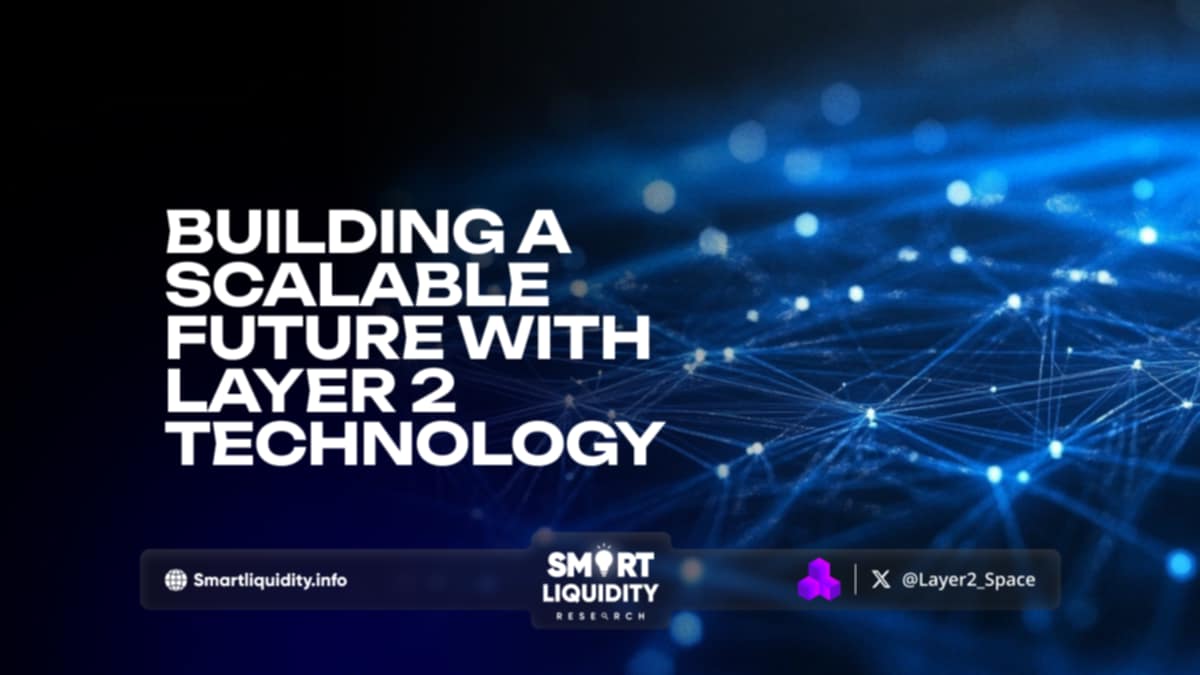Building a Scalable Future with Layer 2 Technology


Layer 2 technology has emerged as a game-changing solution, enabling blockchain networks to scale efficiently while maintaining decentralization and security.
The Need for Scalability in Blockchain
Blockchain scalability is a major challenge, as platforms like Ethereum and Bitcoin process limited transactions per second, causing congestion and high fees during peak demand. This limits their use in fast, cost-sensitive areas like DeFi, gaming, and supply chain management.
What Is Layer 2 Technology?
Layer 2 technology refers to protocols or frameworks built on top of a primary blockchain (Layer 1). These solutions process transactions off-chain or in parallel, reducing the load on the main blockchain. Once processed, transactions are settled back on the main chain, preserving data integrity and security.
How Layer 2 Technology Builds a Scalable Future
1. Increased Transaction Throughpu
Layer 2 solutions, like rollups, enhance blockchain performance by processing thousands of transactions off-chain and batching them into a single Layer 1 transaction, increasing capacity and reducing congestion.
2. Reduced Transaction Costs
By offloading transactions from the main chain, Layer 2 solutions minimize computational requirements, resulting in lower gas fees. This is especially beneficial for users of DeFi platforms and non-fungible tokens (NFTs), where high fees can deter participation.
3. Faster Transaction Time
Real-time transaction processing is critical for applications like gaming, micropayments, and cross-border remittances. Layer 2 technology enables near-instant transactions, improving user experience and fostering adoption.
4. Facilitating Mass Adoption
Scalability and cost efficiency are key barriers to blockchain adoption. Layer 2 solutions address these issues, making blockchain technology viable for businesses and consumers at scale.
Prominent Layer 2 solutions include rollups, state channels, sidechains, and payment channels, each enhancing transaction efficiency and reducing congestion on the main chain.
Layer 2 technology improves transaction throughput, lowers costs, and speeds up processing times, enabling applications in decentralized finance (DeFi), gaming, and other high-demand sectors. It also supports advanced use cases like decentralized social media and metaverse projects.
Despite challenges, such as security, interoperability, and adoption barriers, Layer 2 is key to making blockchain technology viable for mass adoption and future scalability. As blockchain networks evolve, Layer 2 will remain essential in enabling blockchain’s global impact.
Conclusion
Layer 2 technology is building a scalable future for blockchain by addressing fundamental challenges like scalability, cost, and speed. By enabling blockchain networks to handle increasing demand efficiently, Layer 2 solutions are not only ensuring the technology’s sustainability but also paving the way for its adoption across industries. With continued innovation and integration, Layer 2 technology will play a central role in realizing the full potential of blockchain.
REQUEST AN ARTICLE
Disclaimer:
This article is for informational purposes only and does not constitute financial advice. Readers are encouraged to conduct their own research and consult with a financial professional before making any investment decisions




